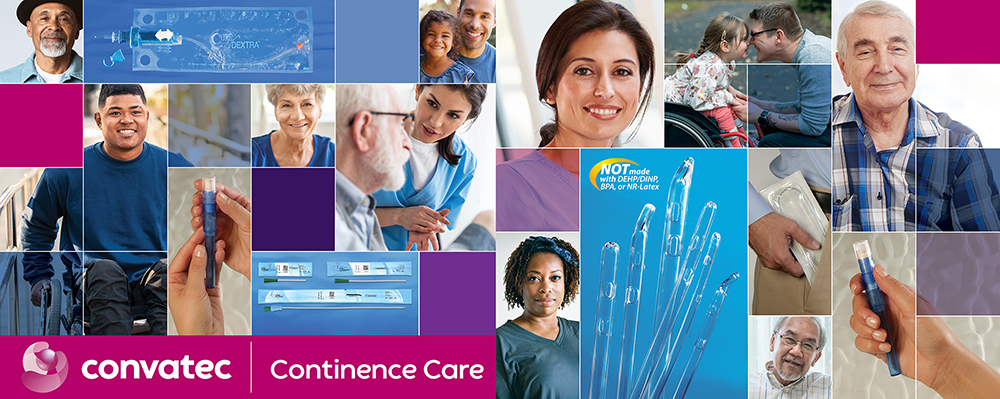Urinary Retention
In general, urinary retention is defined as the inability for the bladder to empty to completion. It may be a chronic or an acute condition experienced by men and women due to several health problems – including structural and neurological issues.
Post Void Residual
An American Urological Association (AUA) white paper titled Non-Neurogenic Chronic Urinary Retention: Consensus Definition, Management Strategies, and Future Opportunities states that a reasonable definition of non-neurogenic chronic urinary retention (CUR) is a bladder volume > 300 ml documented twice in a 6-month period.1 Furthermore, it, classifies urinary retention as high-risk and low-risk plus symptomatic and asymptomatic. 1
Low-Risk
Examples of low-risk or asymptomatic urinary retention can be incomplete bladder emptying that does not put an individual at any significant additional health risks. In this case, there would be no evidence of hydronephrosis, and renal function would be well preserved.
High-Risk
As the words imply, a person with high-risk urinary retention has incomplete bladder emptying that could, if not treated, cause the patient harm. For example, urinary retention that results in hydronephrosis or fluid backing back up in the kidneys, resulting in less-than-optimal renal function, is considered high-risk.
A person with high-risk urinary retention may present with:
- Acute or chronic symptoms of lower abdominal pain
- An elevated serum creatinine or GFR
- Recurrent urinary tract infections
- Urinary incontinence with or without skin breakdown
Treatment options for the high-risk urinary retention may include:
- Decompression of the bladder, by insertion of a foley catheter or intermittent catheterization to reduce the stress on the kidneys
- Surgical Intervention

Solutions for Confident Living
If your doctor has prescribed intermittent catheterization to manage your bladder health, try a Convatec Continence Care innovative option. It is easy to find an ideal solution among the portfolio of options for men, women, and children. Request GentleCath™ and Cure® complimentary product samples today.
Need help?
We are here for you. Contact the me+™ Team at https://www.convatec.com/continence-care/ to receive assistance and helpful resources.
“The me+ program is amazing and was so helpful to me and my recovery! Thank you Convatec for providing these immensely valuable resources.” – Convatec me+ member
References:
*Data on file. Convatec, 2024






